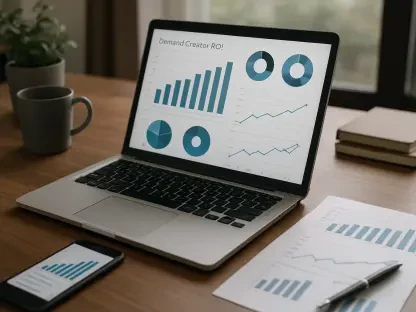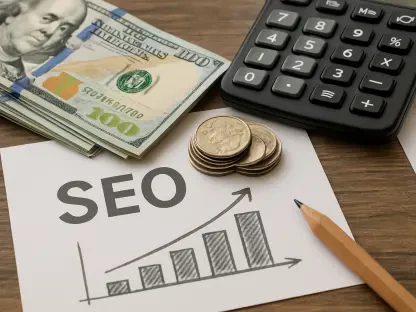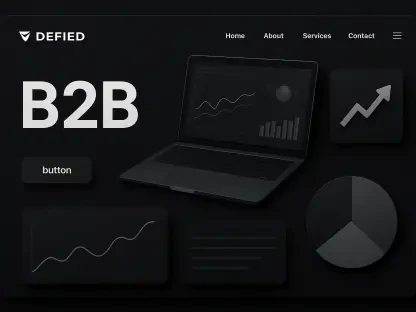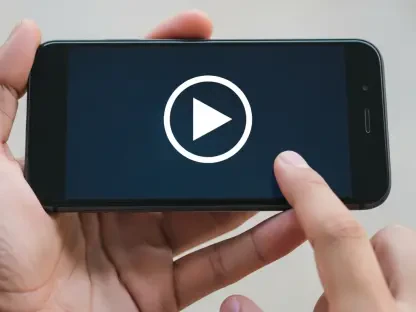With all the modern digital marketing techniques and channels (also known as active marketing), some have rushed into declaring traditional marketing obsolete, or at least some of its sub-domains. Print advertising, to be more precise.
However, while the obsolescence of print seems to be lurking somewhere in the offline discussions on marketing trends and advertising, when searching on Google for “print marketing dead” or “print marketing obsolete”, the search returned a seemingly infinite number of articles that contradict this affirmation. The source of the “print is outdated” statement remains therefore rather mysterious, but is nevertheless confirmed by the numerous print marketing advocates – the counter-opinions that prove the existence of the initial (seemingly absent online) affirmation.
Moving on to the “print marketing – still successful” stage, let’s see how this traditional advertising method combines with digital marketing, social media and other contemporaneous publicity dissemination channels.
Print advertising’s unique pluses
Unlike its digital counterparts, print has the following traits: it is attention grabbing, has a low entry barrier, low acquisition costs and a (still) exciting allure. Print also offers the opportunity to unplug, and therefore stimulates a different kind of attention, more focused and prolonged.
Perhaps the most differentiating characteristic is the touchy-feely quality that only printed materials have.
Research from 2015 showed that physical media are more conducive to deep reading, and this applies to all sorts of printed information, including printed advertising. Millenials tend to appreciate print (at least 80 percent of them do, according to this 2015 JWT research mentioned by the above source).
Moreover, emerging and advanced technology in print produces better quality materials for lower prices, determining the continued presence of print into the omnichannel marketing strategies. Print has the potential to become the new “non-traditional” marketing strategy, according to this 2012 source.
The combined power of print and digital
Although print did not quite become the new “non-traditional” since 2012 until the present time, it managed to remain in use and hold its own status, as well as a particular cache value – companies that use print in combination with other progressive marketing channels show their abilities via this bright move, especially when the campaigns are clever and poignant.
The common effects of joint employment of print and digital would be:
- Increased conversion rates and higher sales due to a better marketing exposure on synchronized multiple platforms;
- The ability to reach a broader audience and various market segments, albeit by age, location, gender, professional status and profession, or by mere preferences (there are people who have developed mental blocking systems when it comes to digital advertising materials, in reaction to digital ads’ over-stimulation);
- Increased brand awareness – a fact proved by studies; brands who add print catalogues to their online presence are perceived as being more prominent; customers are also more at ease/familiar with those brands that reach onto them by printed materials that can be kept and browsed repeatedly while showing the brand invested into a physical presentation outlet;
Marketing integration – print advertising included
Combining digital with print (and other traditional marketing methods) represents marketing integration. Originally this meant blurring the lines between print and mass media marketing, but the entire marketing definition and meaning changed once digital marketing entered the stage.
A late 2015 Search Engine Journal article on successful integrated marketing campaigns mentions the Southwest Airlines Transfarency, the Nike Re2PECT or the DirecTV “Alter Ego” campaigns as successful examples.
Marketing integration also brings a few issues to light. One of these would be that most modern marketers are aces in digital matters, but completely ignore old-school traditional marketing, since they don’t have related experience.
Neglecting traditional marketing is not the right way to go, since the pattern of old becoming novel again applies all through the visual arts history – and marketing does deal with visual elements. Nostalgia is specific to human nature and also tends to be inherited, either from parents to children (who in turn become fully-grown adults), either skipping one or even more generations.
The benefits of marketing integration don’t go easily in a bulleted list. It’s more about the strategy itself: underline elements from your online campaign with print media advertising, leaflets, classical display ads, catalogues and so on – and people will have a positive reaction.
Integration means clever targeting:
you design for the known customers and the chances of getting extra results and new customers are very high. Taking advertising to its material form again brings back the rules of physical presence, and also its wonderful advantages, one of them being the unpredictability of it. A digital user has limited time and clearly defined pathways, browses certain pages and does not set as a goal exploring new digital horizons per se. A potential client reached offline may vary his or hers daily trajectory numerous times and meet your campaign elements and your brand by chance, being pleasantly impressed. Or, in other words, people are guaranteed to be more reachable in person, and tend to be more responsive if the message they receive is consistent and attractive.
An email recipient may never open your email, may block your ads or ignore your social media presence altogether – but sending him a printed sign of your presence could just raise his interest and motivate him to search for your brand online. It’s just a complementary or alternative type of approach that might work better in a nosy, crowded world because it allows the potential customer to make his/her move in his/her own time.
While re-assessing the digitally delivered message via print, companies find that loyal customers respond in a positive manner, potential customers better focus on the messages received and, even more, improbable customers that were unreachable via digital marketing get acquainted with the brand and its UVP (USP) and become potential customers. It is as easy as that.
In conclusion, use print marketing to line up your campaigns with the strength of a real, palpable presence. Newspaper representation, posters, displays, flyers and leaflets – all are welcome! The costs are affordable and, provided the message and design are the right ones, the integrated marketing strategy delivers good results.









